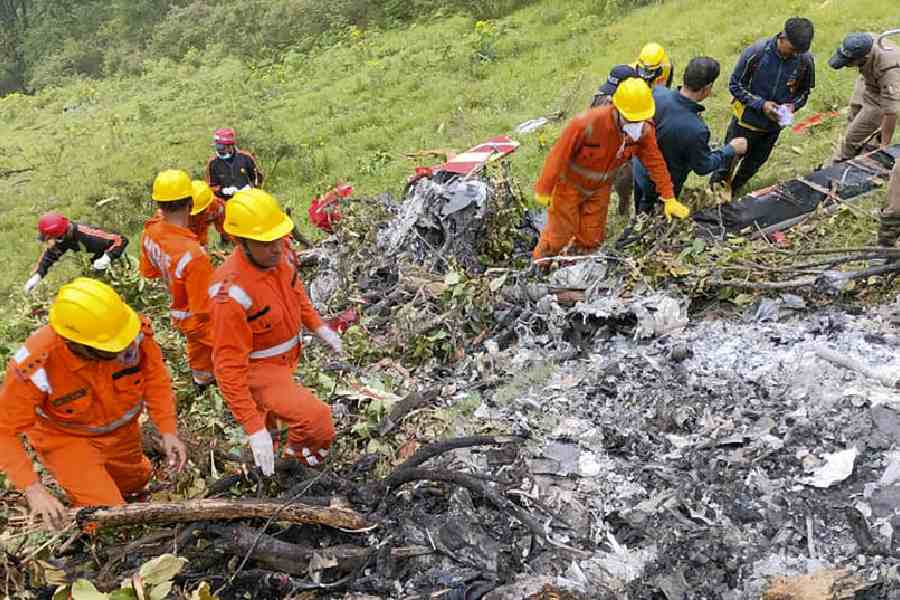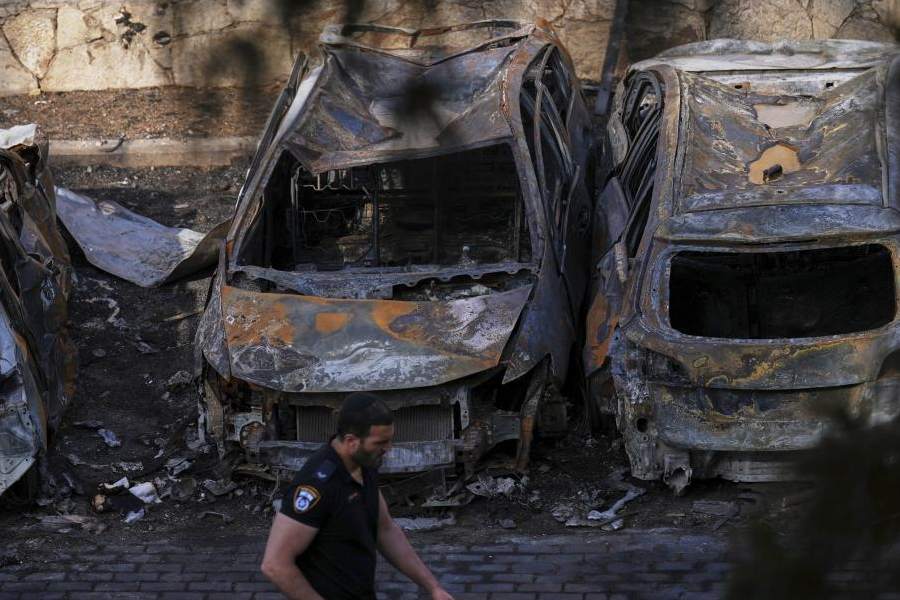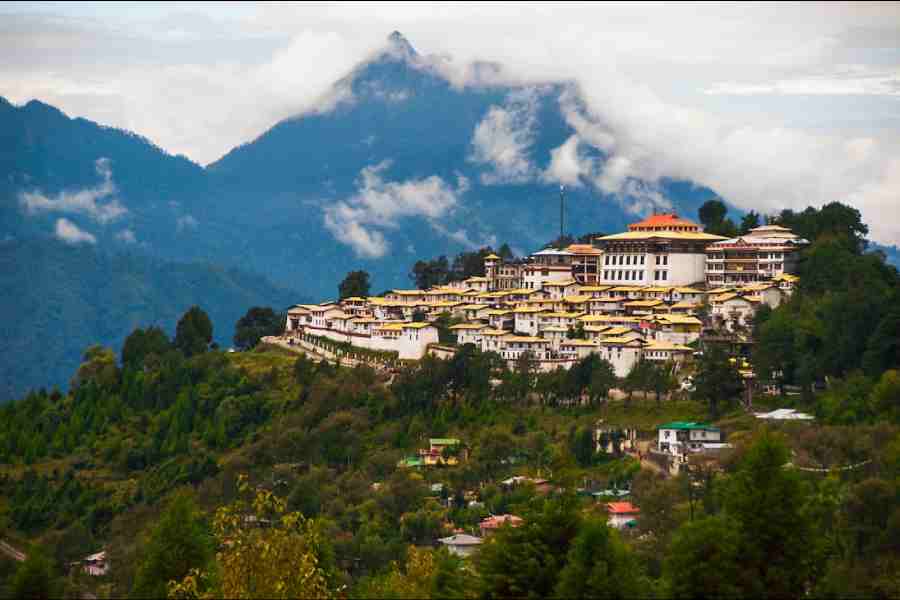 |
| Thick black smoke billows from the Barren Island volcano in May. (PTI file picture) |
New Delhi, Nov. 9: After a four-month lull, the Barren Island volcano, 135 km east of Port Blair, is again spewing searing hot gases, lava and ash. The outflow is now intense enough to drive the lava into the sea, a leading geologist has said.
The outflow from the volcano is more intense now than earlier this year, said Domadula Chandrasekharam, professor of earth sciences at the Indian Institute of Technology (IIT) in Mumbai.
The fresh eruption that began last week is ejecting lava that is spilling into the sea, about 1.5 km from the crater, said Chandrasekharam.
The last time that Barren Island lava entered the sea was during an eruption in 1993-94.
However, he said, neither the eruption nor its intensity is surprising as the Indo-Sumatra continental plate boundary has displayed intensified tectonic activity in recent months. The magnitude-9 earthquake of December 26, 2004, the tsunami trigger, was followed by a magnitude-8.7 quake on March 28, and a series of weaker seismic events since then.
With each large quake in the region, scientists say, a part of the Indian plate slips beneath the Sumatran plate and liquefies, adding molten material to an underground magma chamber that has limited capacity.
“When the volume of the magma exceeds the limit that the chamber can hold, it has to come out through volcanic activity,” said Chandrasekharam, who has been studying Barren Island for several years.
The lava spilling into the sea cools down and solidifies. “If the activity continues, the solidified volcanic rock may well increase the surface area of the island,” he said.
Barren Island, India’s only active volcano, has been ejecting lava and ash every few years since 1991 when it erupted after lying dormant for more than a century.
The volcano erupted again in 1993-94, 2000 and during May 2005. The eruption earlier this year lasted nearly eight weeks before subsiding into a period of quiescence when the crater released only steam, carbon dioxide and sulphur dioxide.










